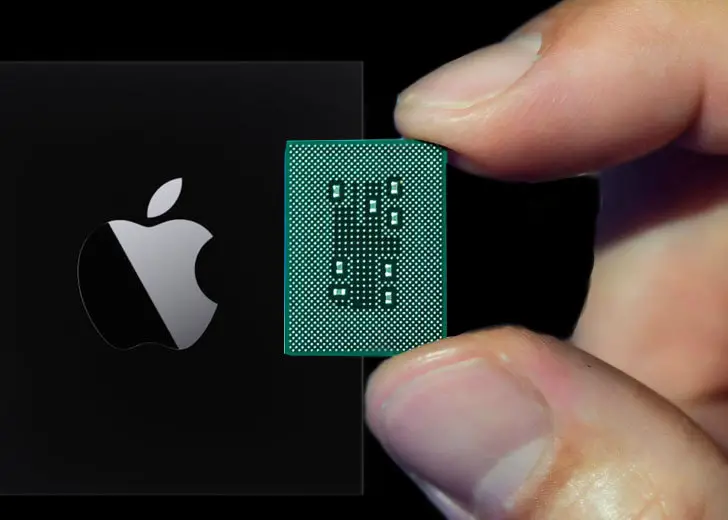What Happens After Apple Make Their Own ARM-Powered Chips For Macbooks?

In the last WWDC, Apple announced that they were rolling out MacBooks with their proprietary silicon—an ARM-based SOC. What does it mean for an average consumer?
Apple has been successfully manufacturing their own top-of-the-line chipsets for most of its product lineup, including the iPhone, iPad, and Apple Watch. All of these processers have outperformed their competitors by a considerable margin in terms of flawless performance with low system memory use.
For now, it's safe to say that the iPad's A12Z processors leave most laptops with their mouths wide open, all the while giving the user's considerable advantage on battery life.
What's more, the iPads pump out such incredible horsepower with no fans or no active cooling.
That is precisely the reason that there is so much hype around the MacBooks that are promised to use the same in-house platform. The new MacBooks that are to be released at the end of this year will supposedly have the same upsides of amazing battery life, low RAM consumption, and better computing performance altogether by 2022.
But all of the MacBooks available on the market today are Intel-based, meaning that Apple purchases the brains of their machines from Intel. However, what makes Apple products so special is rarely expressed on paper.
Simply, Apple is better known for using their hardware components to the fullest by making the perfect software experience to go alongside it.
And Apple's purchase of these chips from Intel means that they have little to no control over the hardware. In other words, they have to make do with whatever Intel offers everyone in the market that year.
On top of that, the Intel-based CPUs are expensive. Capable mobile processors from Intel costs in the neighborhood of several hundred dollars, and this has a lot to do with Intel being the only giant in the game for quite some time.
Think about it; if a company wanted to acquire a decent processor for their laptop or desktop line, they could choose either the AMD-processors or Intel processors.
Intel was fine as long as it was better than one competitor, but the dynamics of the market has changed gradually.
What Changes In Apple's ARM-Based Mac?
Now that Apple acquires its processors from its own supply chain, two major things happen. One, Apple can decidedly have more control over the entirety of their hardware, and they can create a more efficient system as they choose to prioritize what they see fit.
Second, the cost of acquiring the processor comes down drastically. So, Apple can move the same amount of product at a lower price without its bottom line taking a hit. Even better, it can spend the leftovers on more advanced hardware or software development.